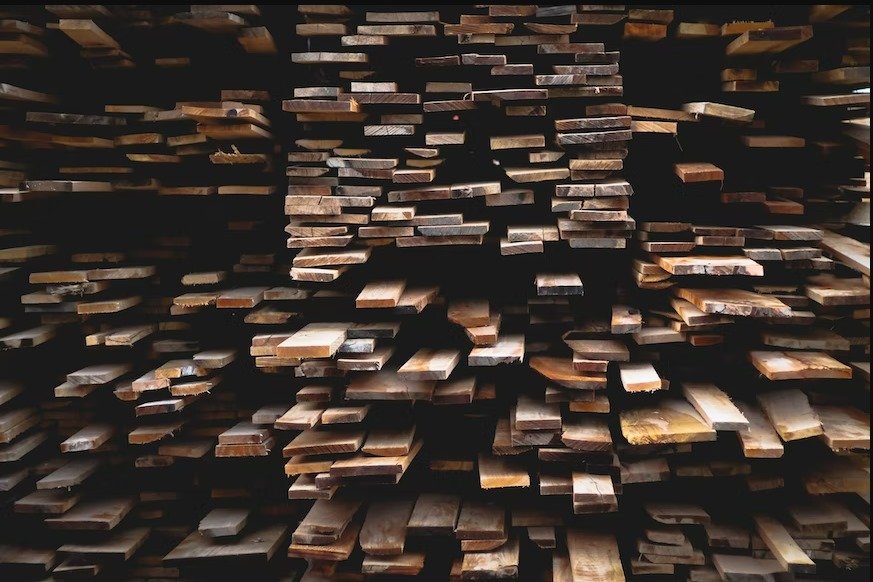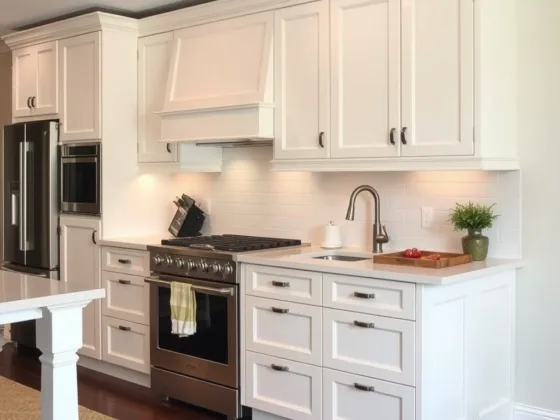Table of Contents Show
Fascia boards are a crucial part of any roof system because they give your property a tidy finish and guard it against water damage. Preservative-treated wood is a great choice for your fascia boards when it comes to material selection.

According to a January 2023 post on the National Pesticide Information Center’s website, insects and mold can cause damage to wood over a period of time.
However, applying herbicides to the wood can aid in reducing the decaying process. The Environmental Protection Agency (EPA) has certified a number of different kinds of wood preservatives for use in diverse applications.
This article will explore the benefits of preservative-treated wood fascia boards and discuss the importance of their proper installation and maintenance.
What is Preservative-Treated Wood?
Wood that has been chemically treated to prevent rotting, insects, and other types of damage is known as preserver-treated wood. The treatment process involves pressure-treating the wood with chemicals that are forced into the wood fibers, creating a barrier that makes the wood resistant to moisture, rot, and insect infestations.
Wood that has been preservative-treated is a versatile material that can be utilized in a variety of applications, including building and outdoor projects. It can be used for decking, fencing, and even structural framework.
When it comes to purchasing preservative-treated wood, there are a variety of retailers to choose from, both in-store and online. Belco Forest Products is among the many options that offer a range of preservative-treated wood products that meet AWPA standards for various use categories, including above-ground applications such as a fascia board.
As per an article in The Seattle Times, preservatives that are applied to wood and meet the standards set by the AWPA are required to pass a series of tests to ensure that they are effective in protecting the wood from damage caused by insects and rot.
Benefits of Preservative-Treated Wood Fascia Boards
Several advantages of wood fascia boards treated with preservation agents are covered below:
Durability:
Wood fascia boards coated with a preservative are extremely durable and resistant to rot and insect damage. The pressure-treatment process involves using chemicals that penetrate the wood fibers, creating a barrier that makes the wood resistant to moisture, rot, and insect infestations.
This means that preservative-treated wood fascia boards can withstand exposure to the elements, which makes them less likely to warp, rot, or decay over time.
In comparison, untreated wood fascia boards are susceptible to rotting, splitting, and cracking, which can result in expensive repairs or replacement.
Sustainability:
Preservative-treated wood is an environmentally-friendly option. The treatment process uses water-based chemicals that are less harmful to the environment than traditional wood preservatives.
Additionally, preservative-treated wood is often sourced from sustainable forests, meaning it is a renewable resource. This means that homeowners can choose preservative-treated wood fascia boards with the knowledge that they are making a sustainable choice that will help to protect the environment.
Cost-Effective:
Although preservative-treated wood may cost more initially, it is a cost-effective option in the long run. Due to its durability, preservative-treated wood fascia boards will last longer than untreated wood, which means you will spend less money on maintenance and replacement over time.
Moreover, preservative-treated wood fascia boards can provide extra protection to your home in the event of a fire, which can potentially save you money on insurance premiums.
Versatility:
Preservative-treated wood fascia boards are available in a wide range of sizes and finishes, making it simple to discover the ideal match for your home’s design.
The boards can be painted or stained to match the color of your home’s exterior, and they come in a range of textures and patterns to add visual interest. This versatility means that homeowners can customize their fascia boards to suit their individual styles and preferences.
Fire Resistance:
Preservative-treated wood has been treated with chemicals that make it fire-resistant. This means that preservative-treated wood fascia boards can provide an extra layer of protection to your home in the event of a fire.
The treatment process involves using chemicals that form a protective barrier around the wood fibers, making the wood less susceptible to ignition. This added fire resistance could help to prevent the spread of flames and potentially save your home from extensive damage.
Installation and Maintenance
Proper installation and maintenance are required to maintain the durability of your preservative-treated wood fascia boards. It is critical to use the necessary fasteners and hardware for proper installation, as well as to follow the manufacturer’s maintenance and care instructions.
Regular cleaning and inspection can help to prevent damage and prolong the life of your preservative-treated wood fascia boards. Homeowners should also be aware of the signs of decay and insect damage and take immediate action to address any issues to prevent further damage.
In a blog post published on Streetdirectory.com, it was emphasized that an essential aspect of maintaining fascia boards is avoiding the practice of adding a new board over an old one.
Proper maintenance of fascia boards requires effort, and you cannot cut corners while you are at it. If the boards are showing signs of wear and tear, they must be completely removed before installing new fascia boards.
Conclusion
Preservative-treated wood fascia boards are a durable and sustainable solution that offers several benefits, including increased cost-effectiveness, durability, versatility, sustainability, and fire resistance.
However, appropriate installation and maintenance are essential to their life. Homeowners should be aware of the signs of decay and insect damage and take immediate action to address any issues.
Additionally, regular cleaning and inspection can help prevent damage and prolong the life of preservative-treated wood fascia boards. By following these guidelines, homeowners can enjoy the many benefits of preservative-treated wood fascia boards while protecting their homes from water damage and other types of damage caused by insects and the elements.









